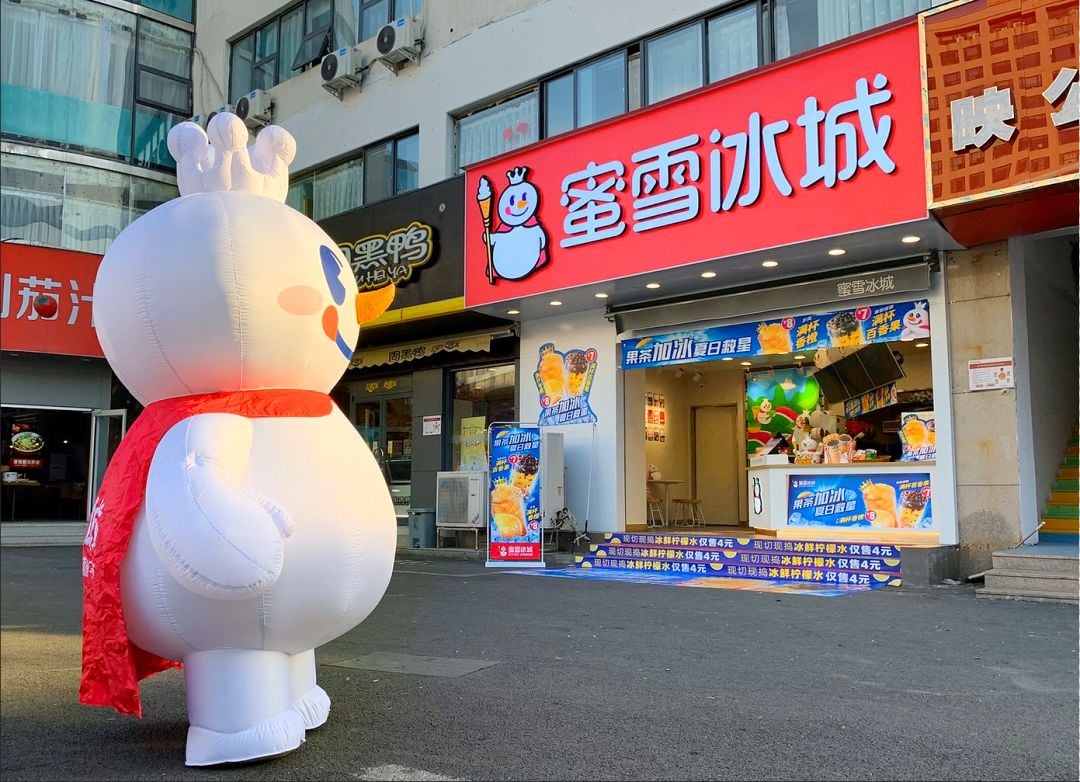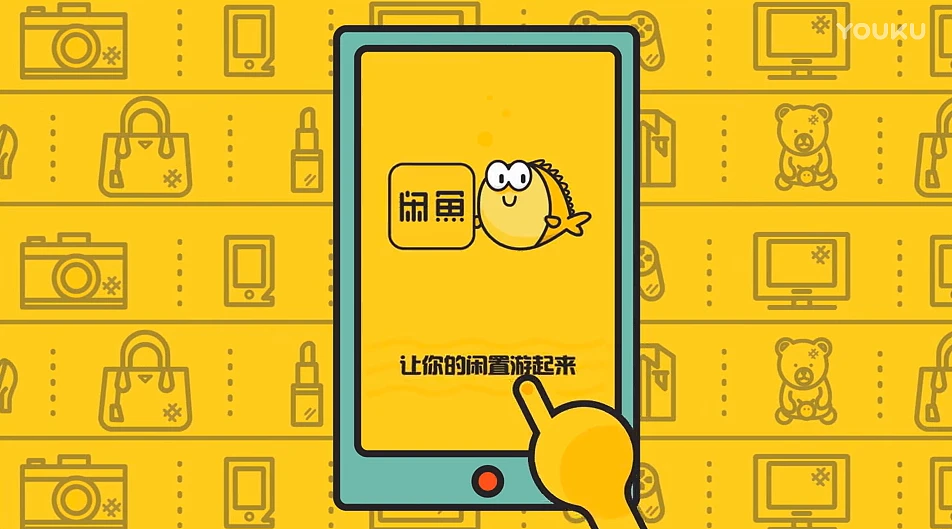Happening in tandem with China’s current heat wave, a hot topic has taken Chinese social media by storm: Absurdly steep price hikes in the ice cream market.
The hashtag ‘Why are pricey ice creams hard to sell?’ (#高价雪糕为什么卖不动了#) has gone viral on the microblogging platform Weibo and amassed a whopping 620 million views in just a few days. Hilarious videos and vignettes on the topic have circulated on Chinese social media, and users have expressed their frustration over the unreasonable prices.
“Any ice cream that is more than 3 RMB (about 0.44 USD) is considered expensive,” reads a popular comment. Another user, whose comment has gained more than 40,000 likes, has set the bar even lower, at a mere 2 RMB (0.29 USD).
The term xuegao cike (雪糕刺客), which literally means ‘ice cream assassin,’ is being used to describe ice cream that sits quietly in the back of supermarket freezers, enticing customers with its premium packaging and exotic flavors. However, when their prices are revealed at check-out counters, they metaphorically ‘kill’ consumers’ wallets.
Recent years have seen a proliferation of new ice cream brands and flavors in China. Last summer, for instance, viral ice cream treats shaped as iconic landmarks were sold at tourist spots as a tool to promote domestic tourism.
It seemed like a good idea. pic.twitter.com/Ck6elleJkx
— Manya Koetse (@manyapan) June 27, 2022
While imported brands such as America’s Häagen-Dazs and Japan’s Meiji have long been considered luxury brands in China, several domestic companies are trying to penetrate the upper echelons of the ice cream market, and netizens are calling them out.
Chicecream is one such culprit. The domestic premium brand has been pricing its wares between 15 to 20 RMB (about 2.2-2.9 USD), which is three to four times higher than most ice cream in China.
Public opinion has recently dragged the brand into the mire. On July 2, a netizen uploaded a video of the brand’s ice cream, which suspiciously did not melt after being left in a 31 degrees Celsius environment for a whole hour.
A related hashtag soon went viral on Weibo and has amassed nearly 70 million views.
Netizens have seized the opportunity to furiously criticize both Chicecream’s prices and choice of ingredients: “Turns out it is expensive because of all the carrageenans [a seaweed extract that’s used as a thickener and a gelling agent] in it,” reads a comment that has been liked over 121,000 times.
Chicecream quickly clapped back on July 6, releasing a public statement that immediately went viral, with a related hashtag amassing more than 320 million views in just a few hours. According to the brand, their ‘melt-proof’ ice cream’s main components are milk and cream, and their recipes fully abide by national laws.
Another example of ‘luxury ice cream’ that recently made the news is Kweichow Moutai’s infamous baijiu-flavored ice cream, which was launched in May. It received a cold reception from Chinese consumers, who sneered at its price tag: A whopping 39 RMB (USD) per scoop.

To be fair, one reason brands like Chicecream and Kweichow Moutai charge so much is to cover the cost of KOL marketing and online campaigns. However, costly marketing is not the only reason for their cut-throat prices.
According to The Paper, an online newspaper based in Shanghai, ingredients such as milk and whipping cream cost 80% more in 2020 compared to 2008. Furthermore, a growing number of brands are leaning towards high-quality, exotic flavors that are naturally pricier.
But why are Chinese consumers, who have a deep love of luxury items, offended by overpriced ice cream?
From what we can tell, many Chinese consumers aren’t buying into the idea of luxurious local ice cream (but are more lenient with international imports such as Häagen-Dazs).
Secondly, consumers often compare premium ice cream brands to those associated with their childhood memories. These brands have not raised prices in the past decade and continue to release their products at prices well below the ‘reasonable’ threshold.
Such ‘gatekeepers’ are, in contrast with ‘ice cream assassins,’ being dubbed ‘ice cream guardians’ (雪糕护卫, xuegao huwei) for their ability to ‘protect’ — instead of ‘kill’ — customers’ wallets, or even ‘ice cream Buddhas’ (雪糕菩萨, xuegao pusa).
Cover image via Zhuohan Shao
















